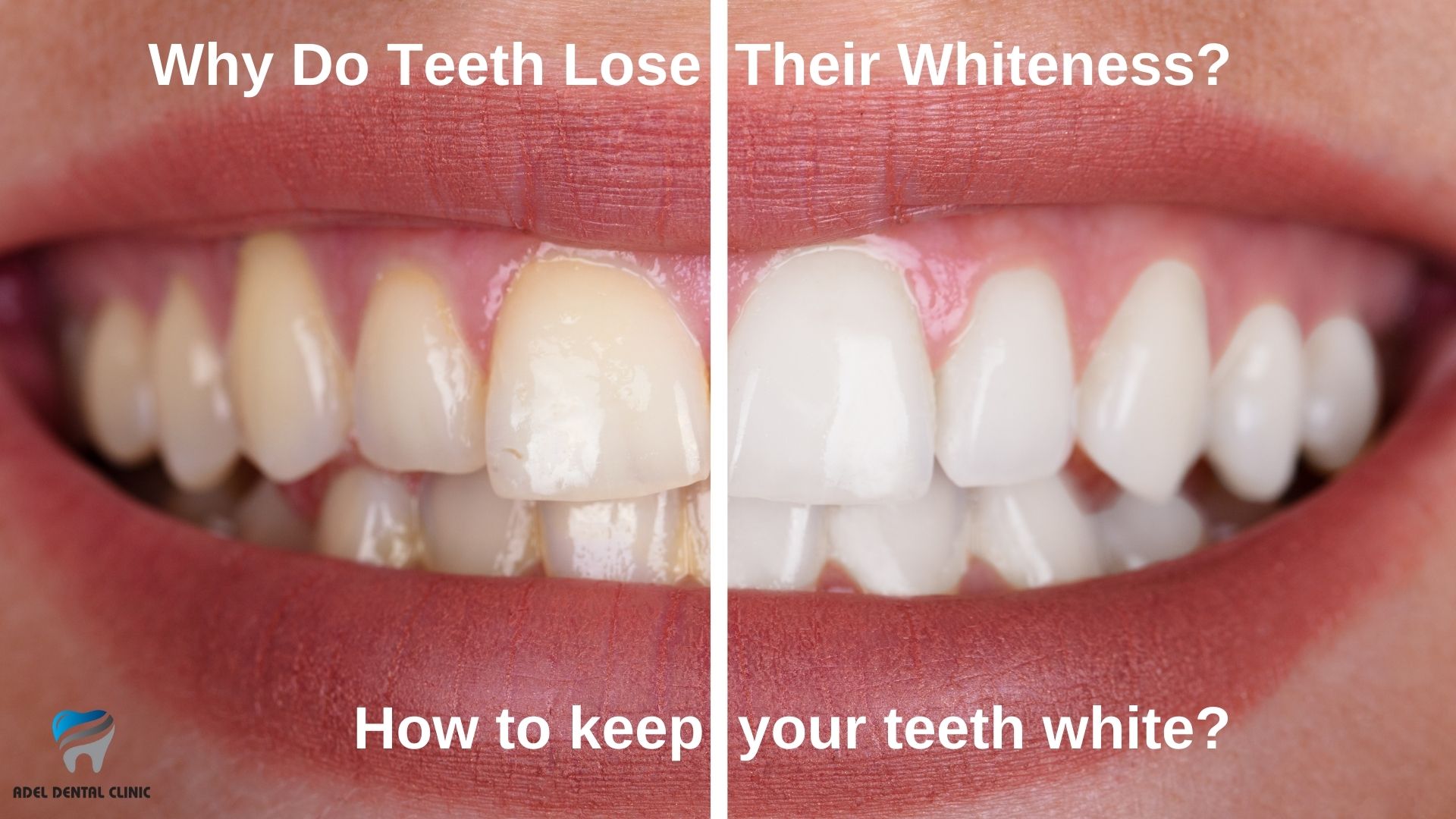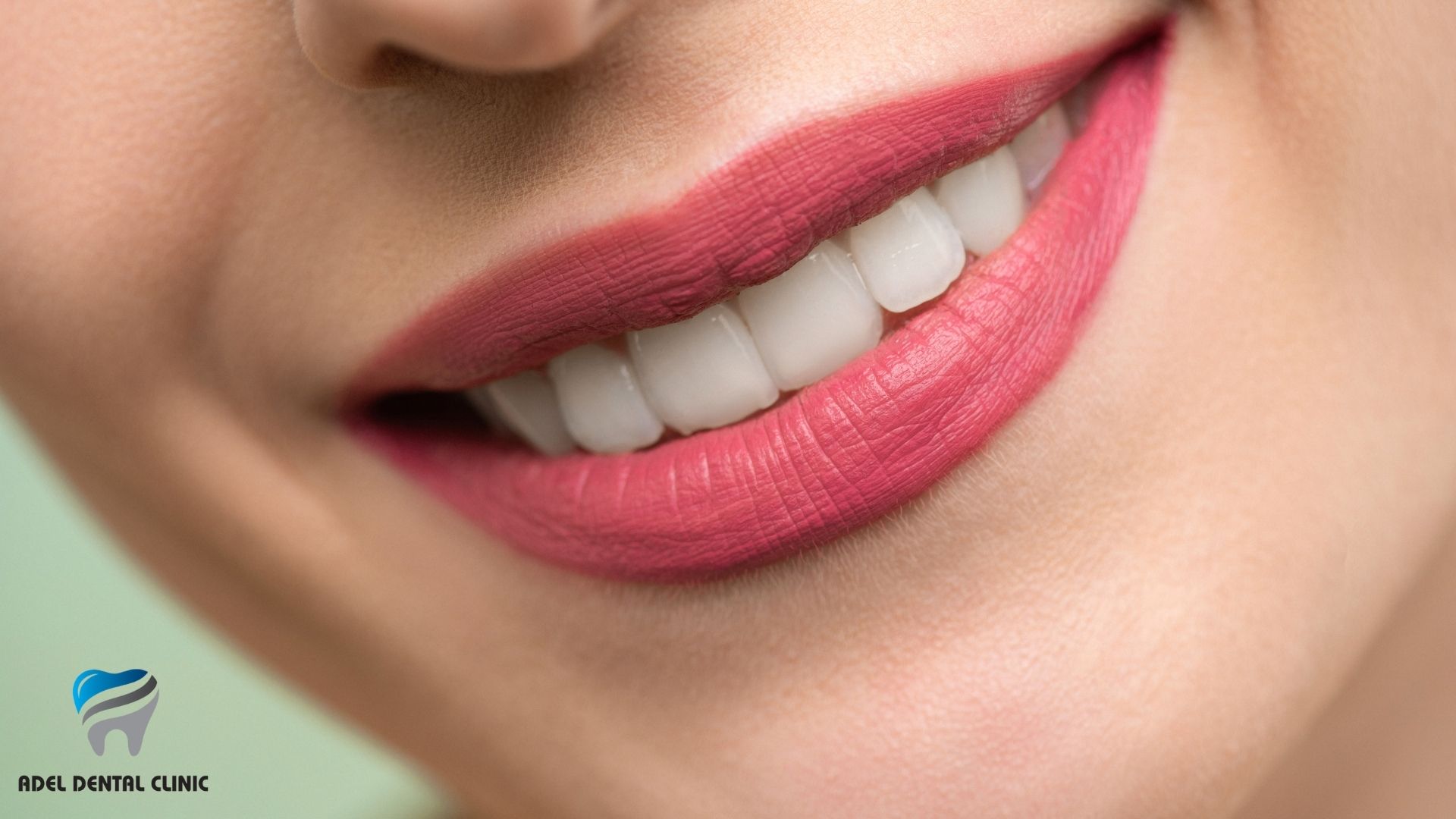
Lack or neglect of proper and regular dental care can lead to loss of tooth brightness and whiteness, as well as discolouration of the teeth. Various coloured foods and beverages also negatively contribute to this process. Tone differences in tooth colouring may also be due to genetic reasons. Some people may have lighter teeth while others may have darker teeth.
What are the factors contributing to the loss of tooth whiteness?
Exterior colour loss of tooth whitening
Tooth discoloration or loss of whiteness can occur in the enamel, the outermost layer of the tooth.Some foods and beverages containing chromogenic chemical compounds cause discoloration of the teeth, causing yellowing and darkening of the teeth. The dose of discoloration increases according to the intensity of these foods and beverages consumed.
The shade of tooth color changes due to a chemical compound called tannin, which is naturally present in certain diets. Colorants in foods, tobacco, coffee, tea, and red wine cause teeth to lose their whiteness and become discolored. Consuming more foods containing coloring substances facilitates and accelerates tooth discoloration.
Regular brushing and flossing can remove most of the food residues left in the mouth after eating. However, negligence in oral and dental care can cause a small amount of these residues to accumulate on the abrasive on the outside of the tooth, causing a coating to form. Neglecting cleaning can lead to an increase in build-up and the development of tartar.
This plaque and tartar accumulated on the teeth adversely affect the tooth color over time. A professional dentist will also need to remove this tartar.
Color change in the inner layers of the tooth
When the enamel begins to wear away, discoloration begins to occur in the lower layers of the tooth. Tooth discoloration usually occurs on the outer surface, especially the enamel layer. One of the primary causes of teeth losing their whiteness and turning yellow is the erosion of tooth enamel. Tooth enamel wears away due to ageing, brushing the teeth with a tough brush or in a rough manner, and consuming too many acidic drinks. It is rare for tooth wear to go deeper than the enamel layer and discoloration to occur on the inner surfaces of the tooth.
Internal discoloration of teeth is significant and can lead to impaired tooth functionality. After brushing or flossing is completed, the outer surface is cleaned and debris is removed. However, due to the impossibility of cleaning the inside of the tooth by brushing and flossing, discoloration of the inner layer of the tooth cannot be prevented by this normal oral and dental care. Professional dental intervention is necessary to eliminate discoloration of the inner layers of the tooth.
The following factors can alter the natural whiteness of the inner layers of the tooth:
- Especially tetracycline antibiotics and some other medicines,
- The lasting effects of illnesses usually acquired during childhood development,
- Excessive consumption and use of fluoride,
- Natural changes in tooth color during the aging process.
- Severe direct blows to the tooth can damage the pulp, the inner layer of the tooth, which in turn damages the nerves, After a hard blow, the tooth color darkens from the inside out due to trauma to the tooth.

How to keep your teeth white?
Regular and proper tooth brushing, regular flossing, and regular dental cleanings at regular dental visits will not only protect your oral and dental health but will also contribute to the preservation of your tooth color. You should also control your eating habits, take care of the food and drinks you consume, and refrain from smoking. If you have habits such as tobacco, it is very important to abandon them in terms of tooth color and oral health.
There are various treatments to eliminate tooth discoloration. The most important of these is teeth whitening treatment performed at home or by a professional dentist. Naturally, we advise undergoing teeth whitening at a clinic to avoid any damage to your teeth. For those who expect long-term results for permanent color changes, there are dental aesthetic solutions with various dental restoration alternatives such as e-max, zirconium, composite bonding, and porcelains. You can learn about these treatments by contacting our clinic.
If you have any questions you do not find here, please contact us.
